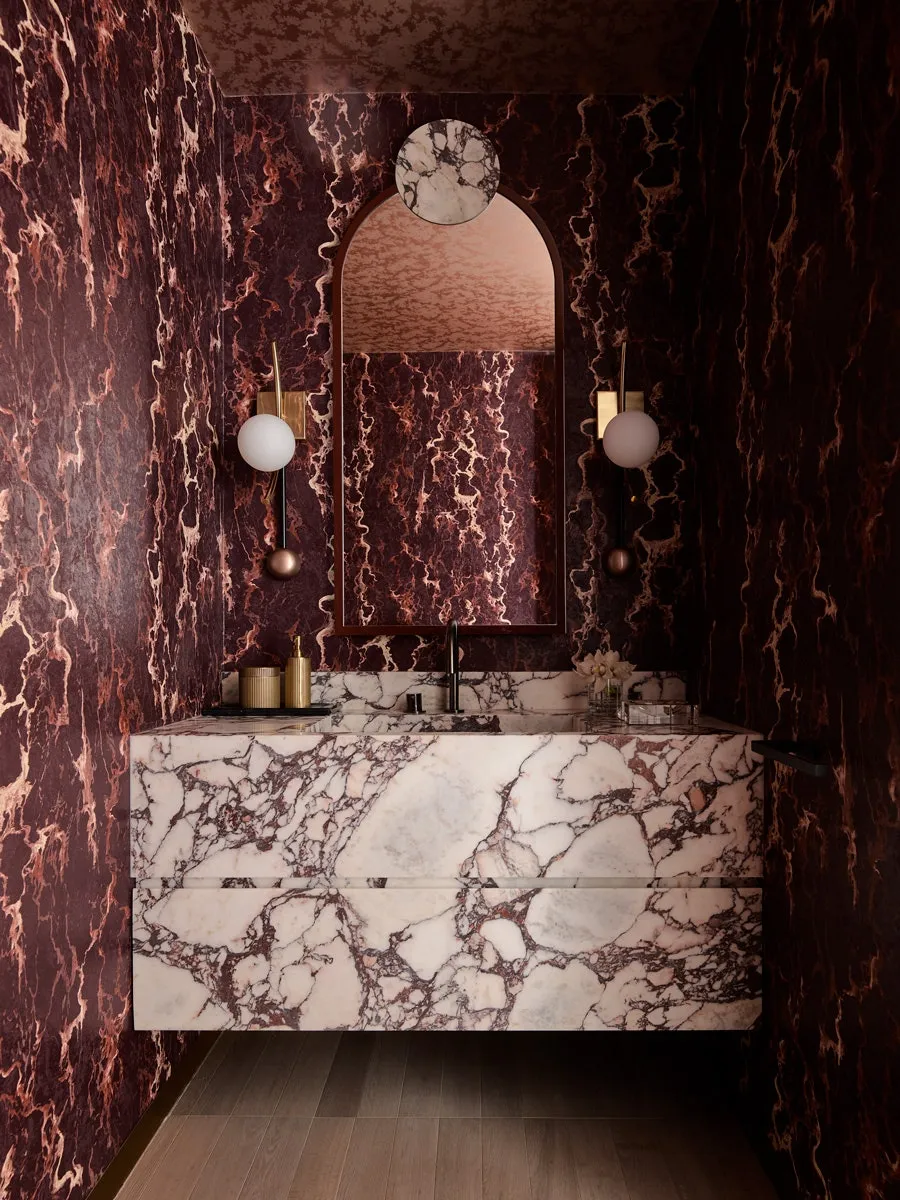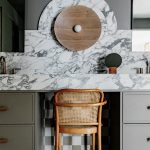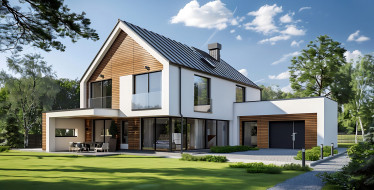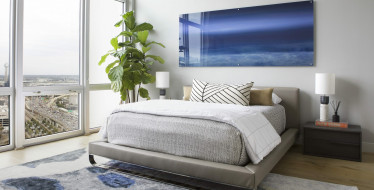Marble has long been synonymous with timeless elegance and luxury in interior design. Its classic, sophisticated appearance has adorned the spaces of royalty and the elite for centuries. However, in the realm of design, innovation is the key to keeping things fresh and exciting. One such innovation that has taken the interior design world by storm is colored marble for the design of kitchens, bathrooms and other spaces in your home. We will be unveiling the allure of colored marble while pointing out some points to consider before choosing colored marble over the standard white and gray surfaces that have dominated the interior design scene.

The Allure of Colored Marble
Colored marble, available in a spectrum of hues ranging from soft pastels to bold jewel tones, introduces a new dimension to interior design. This vibrant and versatile material opens up endless possibilities for creating stunning and personalized spaces. Unlike standard marble surfaces, colored marble adds a touch of personality and uniqueness to any environment, making a bold statement that captivates the eye.
Pros of Colored Marble
- Aesthetic Versatility: Colored marble allows for a broader range of design options, enabling designers to play with color palettes and create visually striking interiors. Whether you opt for subtle tones to complement a minimalist design or bold hues to make a statement, colored marble provides endless possibilities.
- Personalization: With colored marble, you have the freedom to choose a shade that resonates with your personal style. This level of customization allows for a more intimate connection between the homeowner and their living space, resulting in a truly unique and personalized environment.
- Timelessness with a Twist: While standard white and gray marbles are timeless, colored marble offers a contemporary twist. It effortlessly combines the classic appeal of marble with a modern and fresh aesthetic, making it a perfect choice for those seeking a balance between tradition and innovation.
- Highlighting Design Elements: Colored marble can be strategically used to highlight specific design elements within a space. For example, a vibrant marble countertop in the kitchen or a colorful accent wall in the living room can serve as focal points that draw attention and add character to the overall design.
Cons of Colored Marble
- Cost: Colored marble is often more expensive than standard varieties due to the rarity of certain colored stones. The cost can be a significant factor for homeowners on a budget, and it’s essential to weigh the benefits against the financial investment.
- Maintenance: Marble, in general, requires regular maintenance to preserve its beauty. Colored marble may be more prone to showing stains or etching, requiring additional care and attention to keep it looking pristine. We previously wrote an article about the Magic of Marble that you can check out here.
- Limited Availability: Certain colors of marble may be more challenging to source, limiting the options available to homeowners. This can be a constraint for those with specific color preferences.
- Trends and Longevity: While colored marble is undoubtedly stylish, it’s essential to consider the longevity of design trends. Opting for a classic white or gray marble may be a safer choice for those who prefer a timeless look that won’t be influenced by passing design fads.
When deciding between colored marble and standard surfaces, it ultimately comes down to personal preference, budget considerations, and the desired aesthetic impact. Whether you choose the timeless allure of classic marble or the bold and personalized charm of colored varieties, both options offer an opportunity to create a space that reflects your individual style and taste. Need a little bit more convincing? Check out this article in Architectural Digest about statement stones.









